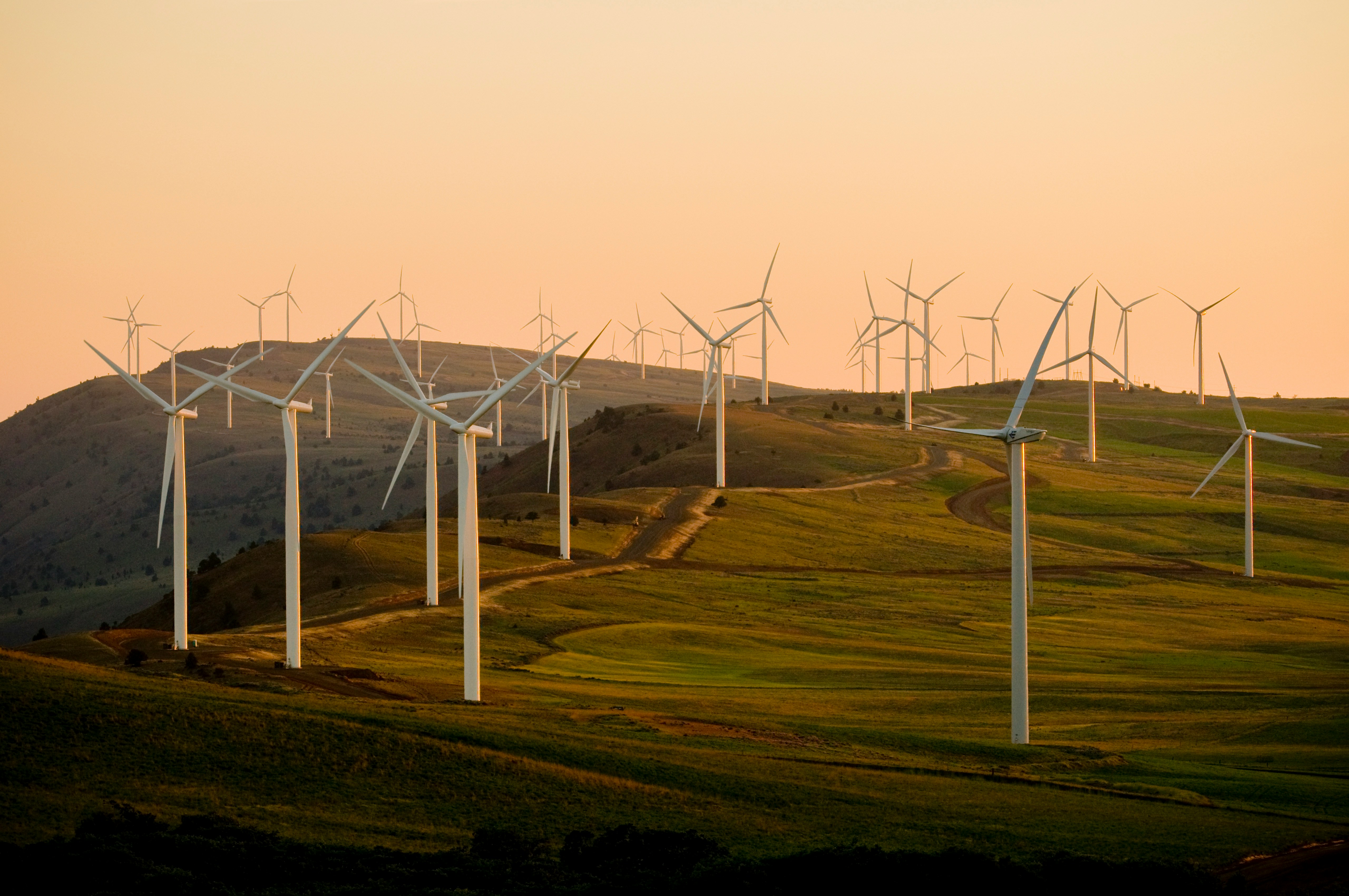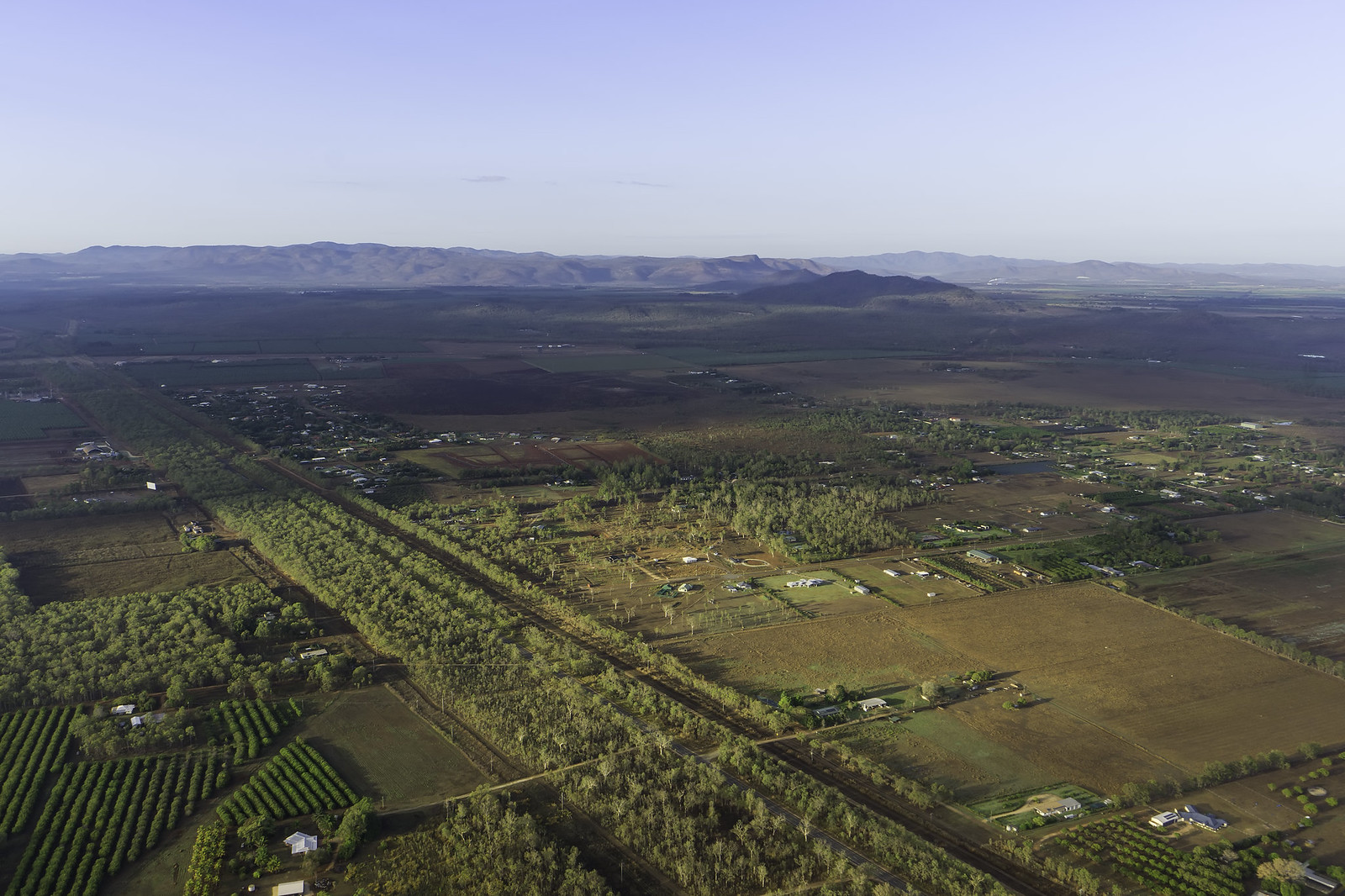The COP28 Declaration on Food and Agriculture will not help solve the problem of sustainability. For that, a reorientation of global agrifood systems is needed.
 A farm in central India : Rajarshi Mitra CC BY 2.0 DEED
A farm in central India : Rajarshi Mitra CC BY 2.0 DEED
The COP28 Declaration on Food and Agriculture will not help solve the problem of sustainability. For that, a reorientation of global agrifood systems is needed.
From a climate change perspective, there is a fundamental problem with modern agriculture: It consumes more kilocalories of energy than it produces. In doing so, it transgresses planetary boundaries. It does not have to be this way.
Agriculture has produced surplus energy in the past. It can do so again. Its potential for sequestering carbon is high. Countries across the Asia-Pacific region, including India and Australia, can benefit greatly from these capacities — but for that, a redefinition and reorientation of the global agrifood systems is required.
That is not the path the COP28 Declaration on Food and Agriculture proposes.
International assessments of the environment, agricultural systems, and people’s health and nutrition reveal that Asia’s agrifood systems are inadequate and unsustainable. The COP28 Declaration addresses the inadequacies of agriculture in feeding people, especially those in the global South vulnerable to climate change impacts. It proposes the integration of agriculture into national climate action plans. It also takes up the challenge of enabling sustainable agriculture.
To do this, the signatories to the declaration promise to enhance access to finance, accelerate science and evidence-based innovations – including local and indigenous knowledge – and strengthen the multilateral trading system led by the World Trade Organization (WTO).
It is doubtful that this would lead to sustainability given the twentieth-century legacy of agriculture and food.
The Green Revolution in the latter half of the twentieth century embodied resource-intensive production practices. It involved changes in land use, heavy dependence on fossil fuels, and distorted domestic and international markets. It saw a great increase in the production of food grains but failed to eradicate hunger in Asia.
Food crises in the mid-1970s, between 2005-08, and more recently following the Russia-Ukraine war – each of which led to increased rates of hunger and malnutrition – revealed the powerful non-agricultural drivers of unsustainable production practices and the norms governing the distribution and consumption of food. The COP28 declaration needs to ask why most countries producing high-value foods and beverages are poor and highly indebted.
Policies formulated and implemented by wealthier developed countries, like financial deregulation, trade policies and biofuel/green biomass programs, have disabled food security. Today, over a third of global foodgrain production is used for livestock feed even as small farmers, landless labourers, the urban poor, women, and children go hungry. Policies support the generation and accumulation of returns to financial capital even as social and natural capital is eroded and damaged irreversibly.
These policies flow from theories in mainstream development economics.
Industrial growth is theoretically the driver of value addition and economic growth. Investments in agriculture are therefore designed to extract more commodities (including food) for the market and supply surplus labour and capital for industry. These roles of agriculture go way beyond its fundamental role as an activity that produces energy in the form of kilocalories of food and non-food commodities using primary sources, such as sunlight and soil, through biological processes and the application of human and animal labour.
It makes agriculture a sector located between the agricultural inputs industry which supplies items such as seeds, fertilisers, pesticides and farm machinery, and the agricultural outputs industry which transports, processes, stores, and markets farm produce. This industrial system of producing food ends up consuming more energy in kilocalories than it produces – and to problems of unsustainability, in the form of degradation and disruption of environmental and social systems.
Asian agriculture is central to the global agrifood system. It supplies bulk commodities like wheat, corn, soy, sugar, animal products (including feed and fodder for livestock) and high-value commodities like spices, beverages, fruits and vegetables. It is also inadequate and unsustainable.
The key question is whether integrating the prevalent energy-guzzling, environmentally damaging, and nutritionally inadequate agrifood system into climate action is desirable.
While mainstreaming climate action across agricultural and food policies is important, national governments in South Asia confronting the highest number of hungry and malnourished people and East Asia-Pacific countries maintaining very high fossil fuel subsidies need a historical and institutional understanding of the environmental and social agrifood crises. Their prevalent agrifood systems are narrow in their focus on select crops, irrigation, and chemical-intensive production. They are also hierarchical to the extent of rendering the national policy-making capacity redundant in a system where international food policy, pricing mechanisms and financial controls govern the global agrifood system.
Agrifood systems today account for one-third of all greenhouse gas emissions. This share is rising in developing countries as they mimic the industrial agriculture of developed countries. In doing so, they violate several of the biophysical boundaries of critical earth systems.
Scientists recognise nine planetary processes that regulate the stability and resilience of the Earth. Humanity can continue to develop and thrive for generations to come if it lives within the boundaries set by these processes. By last year, industrial agriculture has transgressed six of these nine planetary boundaries, in spheres like climate change (through increasing energy consumption and greenhouse gas emissions), land-system change (through deforestation) and freshwater change (through large-scale irrigation, water pollution and depletion of crucial aquifers).
Changes in agrifood systems towards sustainability are therefore urgently needed.
India and Australia are among the countries that contribute significantly to agricultural greenhouse gas emissions, especially from industrial agriculture, particularly cereal and livestock production. Arable land and water systems in both countries are crying out for protection against degradation. They need to invest in local knowledge, labour and practices to substitute for fossil fuels.
Unlike India where over 54 percent of the workforce depends on agriculture, a sector that contributes about 13 percent of the national Gross Domestic Product (GDP), Australia is a developed country where agriculture contributes to less than 3 percent of the GDP and the national workforce. Both countries have a shared commitment to maintaining national food security and sovereignty, and to ensuring that their domestic agriculture does not contribute further to the violation of planetary boundaries.
They also have immense biodiversity and indigenous communities that have practised sustainable agriculture without any industrial inputs over centuries. This knowledge and the integration of climate action with sustainable agroecological systems is crucial for both India and Australia.
The National Coalition on Natural Farming in India and The Agroecology Action Research Network in Australia are examples of national movements in knowledge and policy committed to sustainability transitions.
There are thousands of community-based and civil society-led initiatives in India and Australia. They champion fossil fuel-free, biodiverse, nutrition-rich, ecologically intensive, labour-using, and local ecological and agronomic knowledge-based production and consumption systems. With some public investment and the removal of harmful subsidies currently given to industrial agriculture, such decentralised local and regional agrifood systems can feed and nourish our populations.
This is the best promise of sustainability we have.
Rajeswari S. Raina is Professor at the Department of International Relations and Governance Studies, Shiv Nadar Institution of Eminence
Originally published under Creative Commons by 360info™.
Editors Note: In the story “COP check-in” sent at: 03/06/2024 09:52.
This is a corrected repeat.











